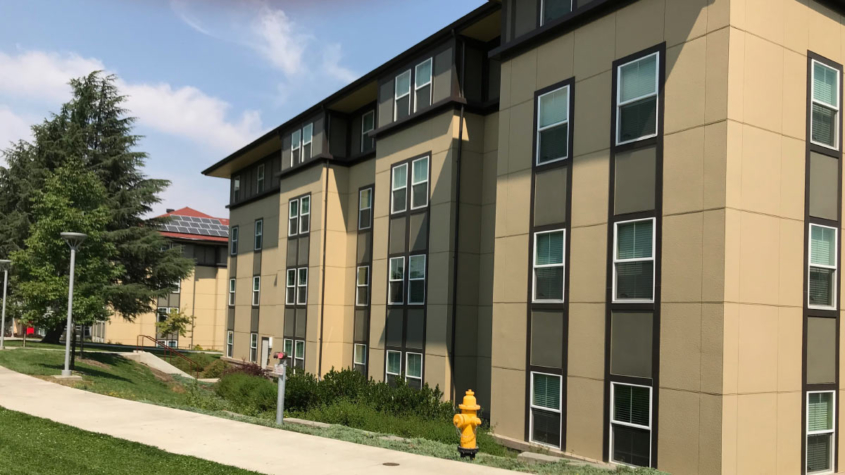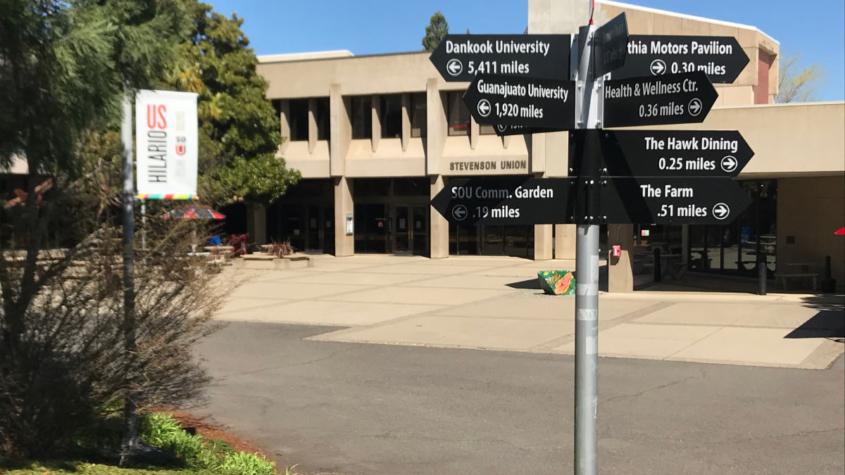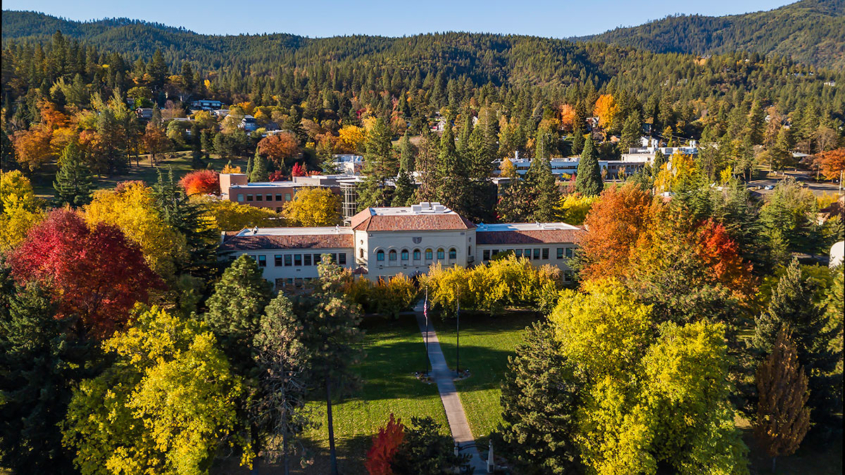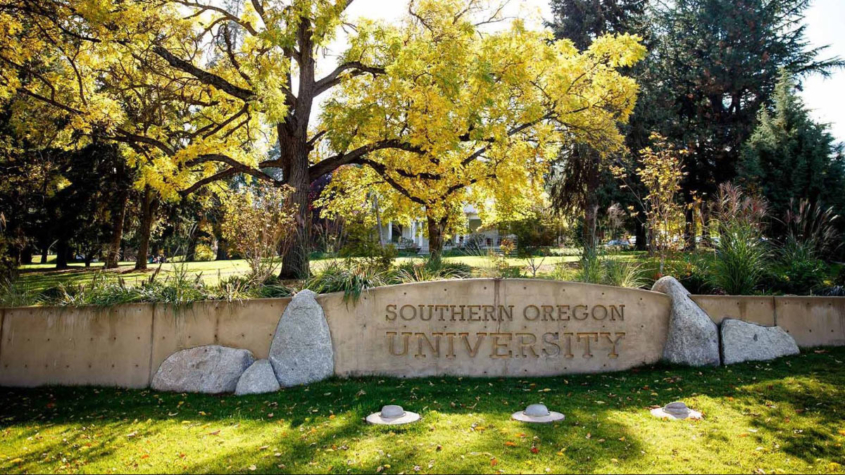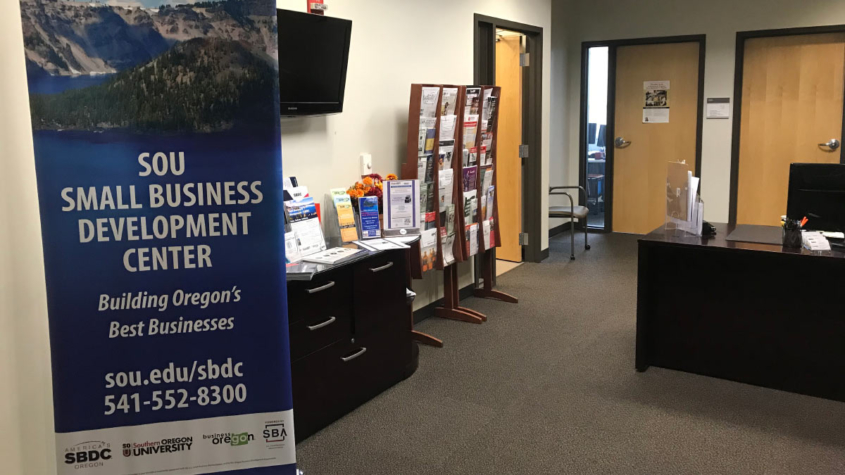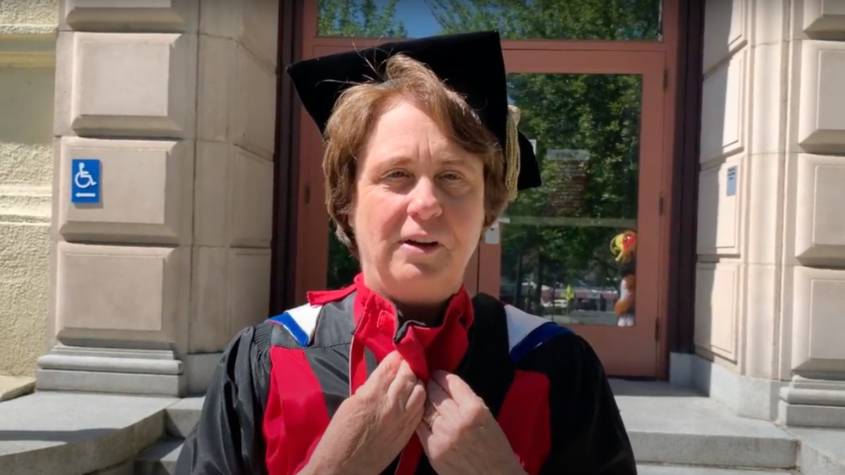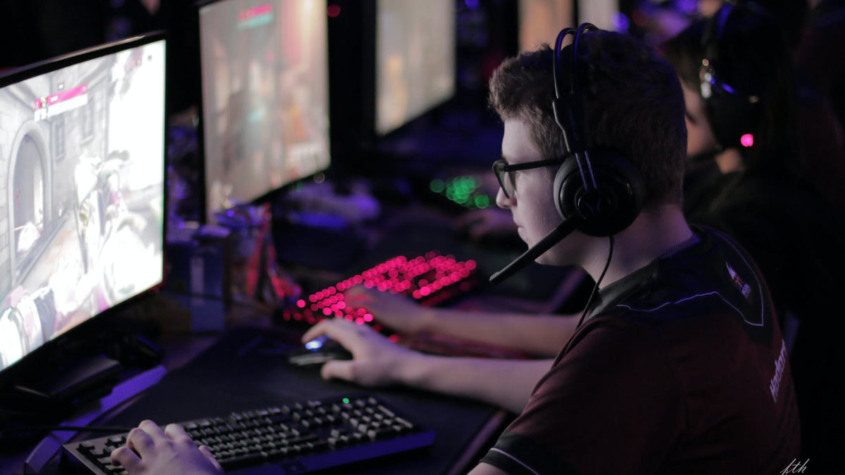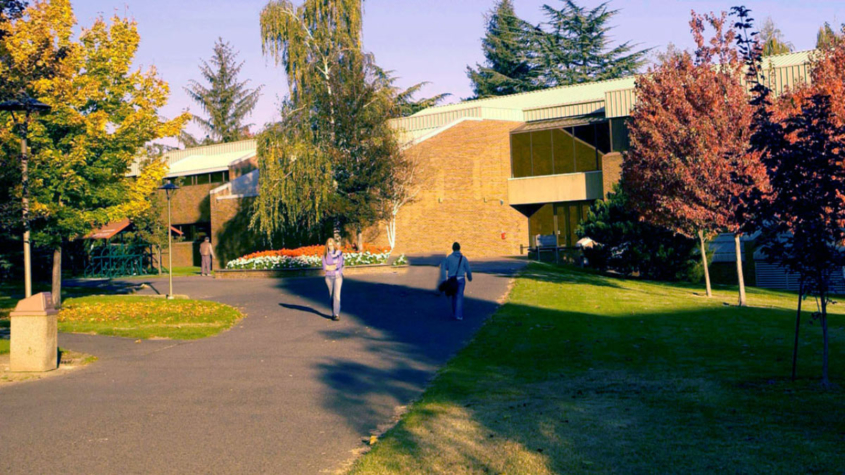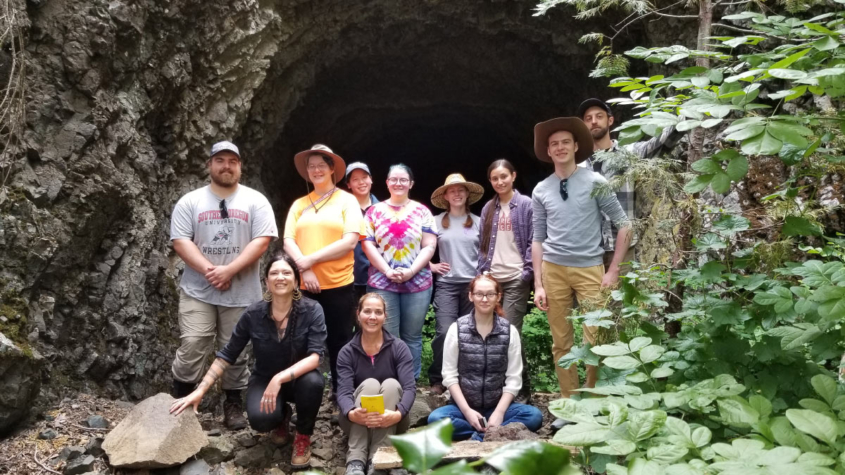Southern Oregon University’s Small Business Development Center, in Medford at the RCC/SOU Higher Education Center, has done more than its part to make sure businesses in Jackson County survive the COVID-19 pandemic.
Oregon Gov. Kate Brown declared a state of emergency in Oregon to address the virus outbreak on March 8, and President Trump declared a national emergency five days later.
“We noticed a marked increase in the number of calls into our SBDC Center immediately upon the president’s declaration of the national emergency,” said Marshall Doak, the center’s director. “Initially, our volume doubled, then continued to rise until we were dealing with a ten-times increase in our workload, trying to respond to the panic we heard in the regional business people’s voices.”
The flurry of calls from local business owners typically focused on accessing Small Business Administration programs or unemployment services, how to deal with landlords who wouldn’t offer rent leniency and the closure of businesses. Confidential, one-on-one business advising is a core feature of the national SBDC model.
One of the local businesses that reached out to SOU’s SBDC for help is the Talent Café, which focuses on a diverse selection of breakfast and lunch comfort food. The walls of Talent Café showcase owner Denise O’Brien’s paintings, which she creates while working there.
“I moved to Talent from Kona, Hawaii,” O’Brien said. “I had owned salons for 30 years but got really tired of the dynamic. I saw the cafe for sale in Talent, got a job as a hostess on the weekends and then bought it.”
Then the pandemic hit Oregon. Gatherings of 25 people or more were banned, along with on-premises food consumption at restaurants, bars and coffee shops.
O’Brien’s dedication to her customers, some assistance from the SBDC and some changes in direction have enabled the Talent Café to stay afloat.
“(COVID-19) closed us down for three months, right as it was getting busy,” O’Brien said. “I have completely redone the café to be more geared to to-go food.”
Her cafe isn’t the only local business to benefit from the SBDC’s assistance. Even with the increase in calls, the center has maintained its caller satisfaction rate, according to surveys of clients.
“Our SBDC has distinguished itself in the amount of client contact we have had,” Doak said.
The SBDC itself was also affected by the coronavirus, beyond the increase in calls. Doak and others take pride in the SBDC’s one-on-one meetings with business owners, and in-person training such as the “Introduction to Entrepreneurship” and “Grow your Business/Grow your Online Presence” classes taught at the HEC. A Zoom webinar to help business owners “Develop Your Unique Post-COVID Strategy” will be held at noon on July 23.
But with the cancellation of all non-essential meetings, the SBDC had to adapt its offerings to remote delivery.
“We went to a virtual delivery method before our peers around the nation were able to,” Doak said. “The SOU IT Department was absolutely fantastic in getting us up and running, so we (didn’t) skip a beat.”
The Medford SBDC has also been able to leverage its connection to the Small Business Administration – the only cabinet-level federal agency fully dedicated to small businesses – to help its local clients. About 900 SBDCs operate across the country, usually located at colleges or universities and funded by a combination of state and SBA support.
“We have extensive resources for SBA lending programs, for updated information for the CARES Act, and the accumulated knowledge of over 120 highly-educated and experienced professional business advisers across the state at our fingertips to assist our client businesses,” Doak said.
The SBDC’s business expertise and familiarity with the CARES Act were critical resources for O’Brien and as her Talent Café struggled to survive the COVID-19 restrictions.
“I have greatly valued the advice of Marshall, my (SBDC) counselor,” O’Brien said. “He guided me through loan applications and let me rant.”
Doak and the Medford SBDC are committed to the one-on-one approach that sets the business assistance agency apart from other organizations of its type.
“In the immediate past and present, the most important work we do is to keep entrepreneurs and business owners solvent so that they are able to rebuild their businesses post-COVID,” Doak said. “Knowing how fast businesses can go from prosperity to poverty or bankruptcy has been a shocking revelation to us.”
Story by Blair Selph, SOU Marketing and Communications student writer


